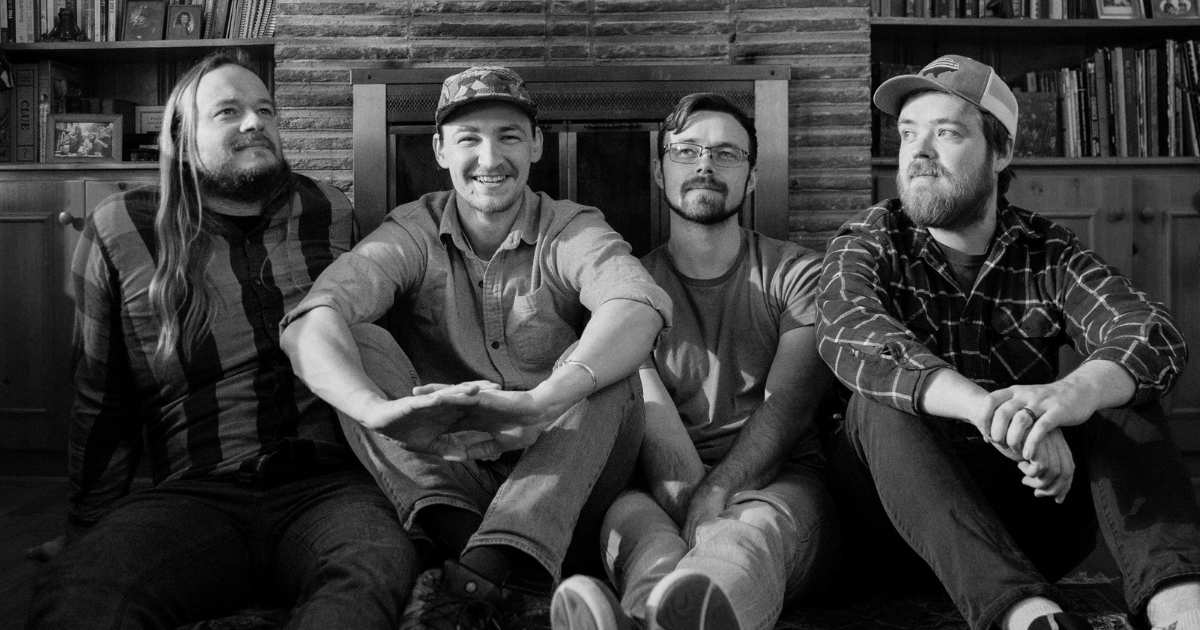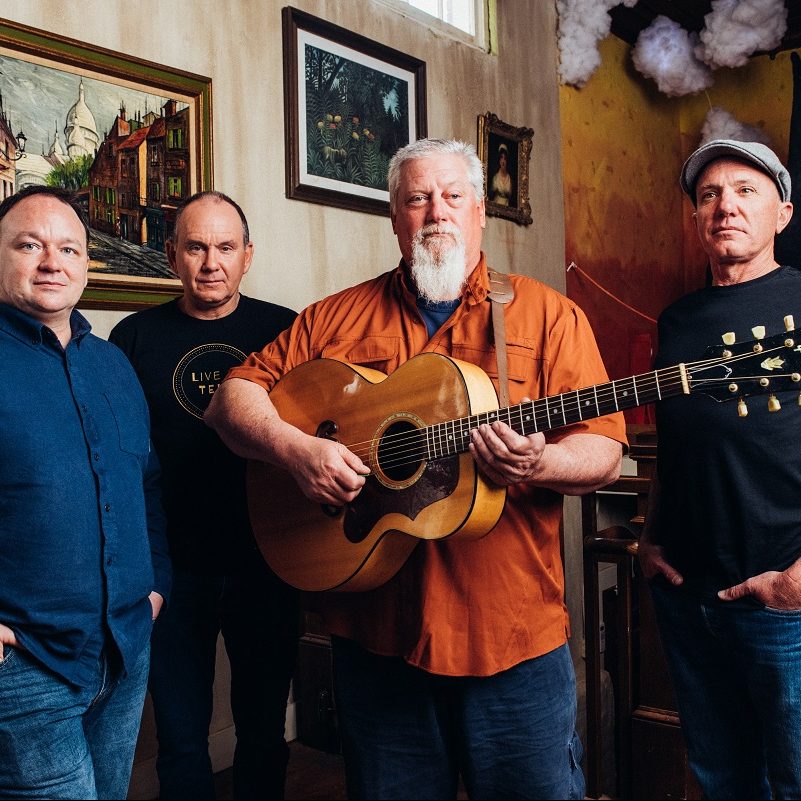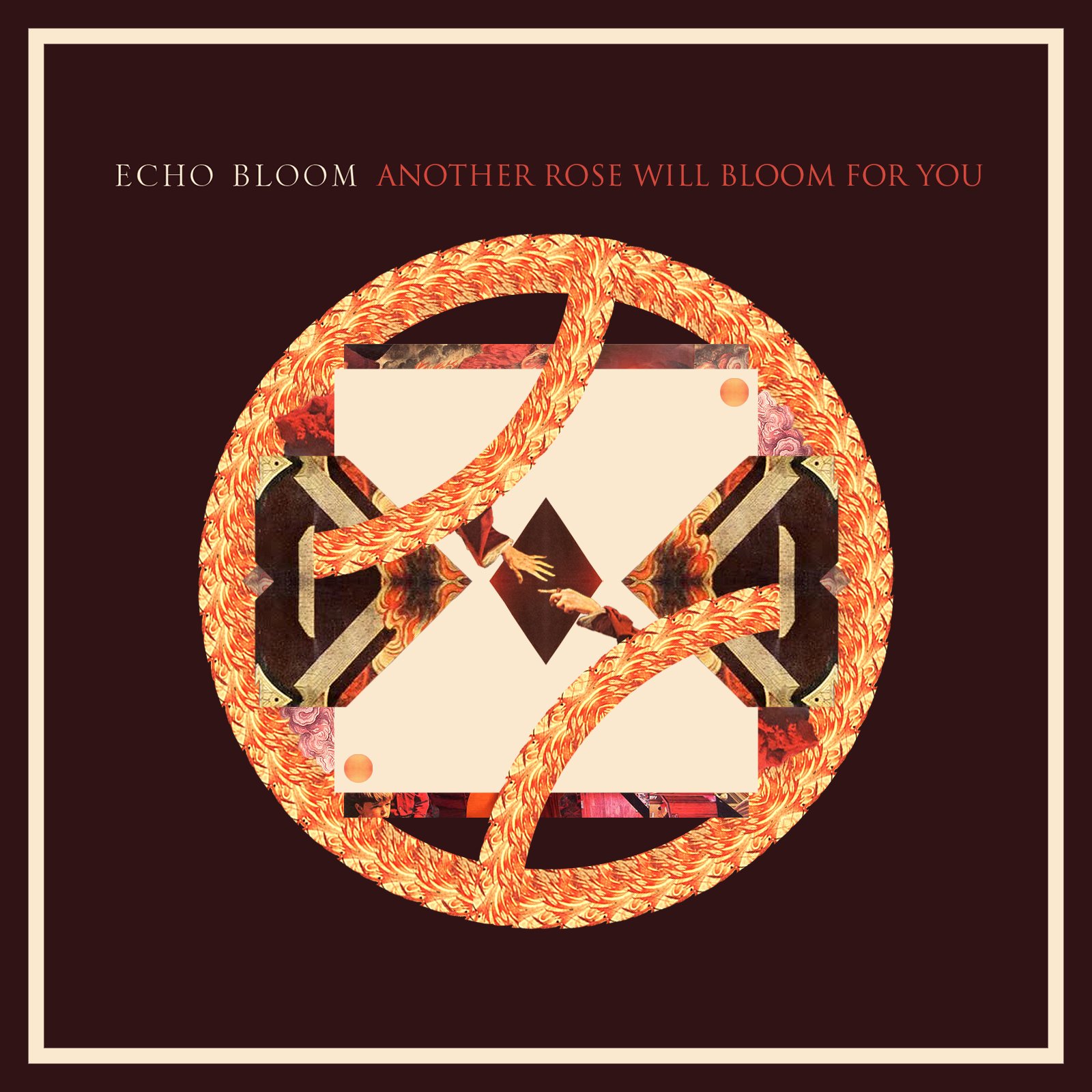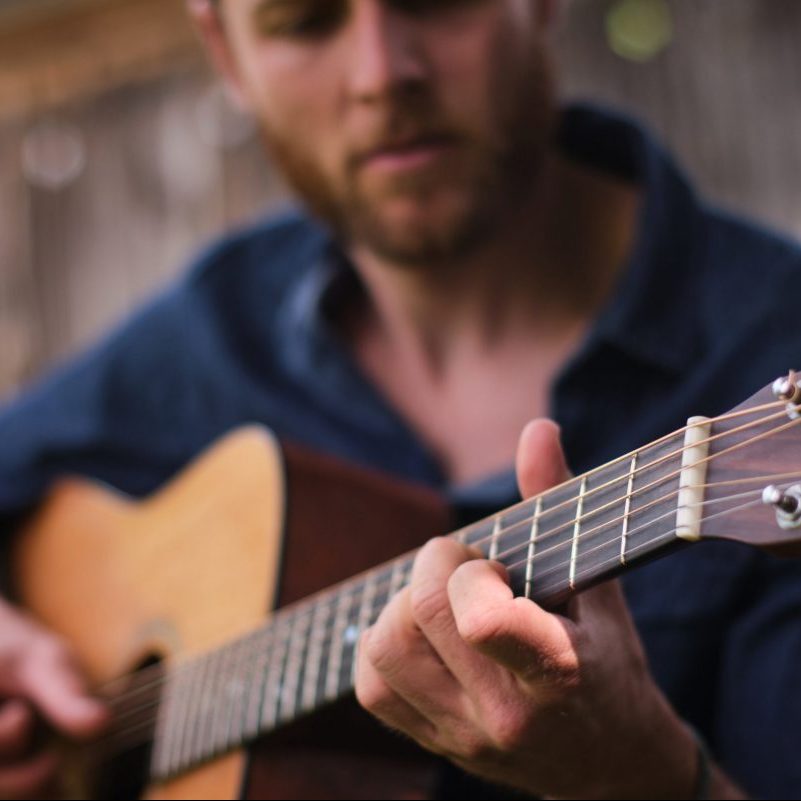With a self-made story spanning from their founding in Montana down to Nashville and beyond, roots pop quartet TopHouse know the difference between “theory” and “practice” all too well. But with their intriguing new two-part recording project, they might be some of the first to capture that difference in song.
Comprised of Joe Larson (lead vocals/guitar), Jesse Davis (guitar, mandolin), William Cook (violin) and Andy Lafave (piano), the band first released the hopeful, eminently uplifting Theory EP in 2024, and have now followed up with Practice, which dropped on Valentine’s Day (February 14). But what is the difference, really?
Both EPs fuse grass-roots simplicity with an experimental spirit – plus a rush of kinetic Celtic and Appalachian influence, just for good measure. With nearly 10 years behind them, the band have seen periods of unbridled optimism just to get a gritty reality check in the end; their songs live somewhere in the middle. Over 12 tracks in total, they cycle through warm, everyman vocals, spacious sounds, and live-in lyrics, and seem to conclude the concepts aren’t really opposites at all – more like two sides of the same coin
Where Theory is bold, bright and optimistic, Practice might be darker and a bit more reflective. Yet both are part of the broader truth – and both continually feed off of each other. Speaking with BGS ahead of Practice’s release, Larson and Davis explained where the new six-song set comes from and how it contrasts with its Theory companion.
This whole idea I think is pretty ambitious. Why don’t you tell me how the Theory and Practice EPs came about? Where’d that idea come to split this thing into two parts?
Joe Larson: Honestly, it was kind of an accident. I think Jesse and I were just hanging out one day. … We really wanted to do a full-length LP and we probably had, I don’t know, 14 or 15 songs and we were trying to find a common thread and get some idea of what this album might look like, what the concept of it might be. It just felt natural to split them into two lists. We’re like, “Alright, over here these songs are all about ideals and just optimistic worldview and all that. And then you’ve got these other songs about heartbreak and hardship and all that.” We just put ‘em into two lists and went back and forth for what felt like an eternity trying to decide what to do with this information. Eventually we were like, “Well, let’s just do a double thing.”
Do you see Practice as a more pessimistic kind of project? Or is it something different?
Jesse Davis: I wouldn’t say pessimistic. I’d say realistic. I think with Theory being sort of the ideals, maybe Practice is how they land in the real world, and it’s not pessimistic either in the sense that the EP ends with a tinge of hope. We’re big fans of hope here at TopHouse-the-band, LLC, and the EP ends with a little tinge of hope – in sort of a recognition of this cycle of striving for an ideal, falling a bit short, and maybe you fall quite a ways short. But then you pick yourself back up again and it’s almost like it’s a practice in itself.
I think also the two EPs are supposed to go together in the sense that it’s not like you listen to Theory and then you’re like, “All right, now I’m going to listen to what’s actually true and listen to Practice.” They’re supposed to kind of be combined in the sense, “Okay, there’s Practice, but the Theory is just as important to apply to the Practice.” It’s like, “Yeah, the realistic hard nature of the world is going to kick you in the teeth, but there’s a hope that you should bring to all of that, and ideals and standards that can be applied even in the hardest moments.”
JL: You might say that Theory is fake optimism, and Practice is real optimism. [Laughs]
How is the sound evolving on this one. Your fans really love that uplifting mix of rootsy, Celtic/Appalachian stuff. Has the vibe changed at all?
JD: I remember Joe and I had always had in the back of our minds writing a cowboy EP. We’re fans of artists like Colter Wall and I don’t know what you’d call it – maybe new country or underground country, whatever the term is. We just always had a little soft spot for that kind of a tone, I guess. So while we weren’t setting out to do that with this EP, I think it inevitably bled through a bit. It’s funny because sometimes the sound doesn’t line up with the lyrical message, if that makes sense. But when it doesn’t, I think I kind of enjoy that all the more.
Do you feel like your Montana roots still show up in the band? Maybe just in the willingness to think outside the box a little?
JD: I definitely think so, and for me, I think a lot of that has to do with what I’m visualizing. Maybe it’s not necessarily a musical thing so much as just a lyrical thing. But I think maybe the biggest factor with the Montana connection is that I just miss Montana, so a lot of songs point to this idea of going home or having a place. It kind of feels like we’re all wandering around right now, being away from our roots, which I think many people probably know that feeling.
The EP starts on “Meteor” and it’s got this simple, spacious sound. I just wonder, how does the image of a meteor fit in with the overall theme?
JD: It’s definitely metaphorical – or wait, sorry. Technically, it’s a simile, because it features “like” or “as.” [Laughs] It’s definitely the feeling of coming crashing down. It’s one I wrote, just sitting with my acoustic guitar and kind of strumming, and I remember feeling like it was pretty cheesy at the time I was writing it, because it was just catharsis. But sometimes either your tastes grow or things just develop into something a little bit more.
After that you get into a little bit more energy with tracks like “I Don’t Wanna Move On.” Where did that come from?
JD: “I Don’t Wanna Move On” and “Meteor” are almost sister songs in that those were two I wrote. They were written roughly around the same time and I was feeling some kind of way. “Meteor” is simile. There’s a picture to it. But “I Don’t Wanna Move On” is more of the incessant feeling of not wanting to move on. The chorus is not very ornate in its lyricism. It’s literally just that phrase repeated four times. And I feel like that fits the way sometimes an emotion just won’t leave you alone.
You guys mentioned finishing on a hopeful note, and “Falling” is definitely that. A really dreamy, beautiful song about being in awe over the ability to fall in love again, right?
JD: I think a lot of us struggle with periods of – maybe even if it’s not a full-on depression, just like a numbness to the world or just struggling with feeling anything at all. I mean, I know I definitely go through these phases. …“Falling” is about that. You wake up one morning and you’re like, “Oh, I feel my heartbeat again.” I think I wrote that one coming out of one of those seasons and just being just so grateful to get to feel joy or hope. It was funny because it was supposed to be a depressing song and then I finished it and I was like, “Huh, it’s hopeful.” But that’s probably a good thing. [Laughs]
With it being so uplifting, why did you include it on Practice and not Theory?
JD: That was definitely very intentional, because at least to me I think viewing the real-life things in just a doom-and-gloom view is pretty detrimental. And I don’t think that that’s realistic either. I mean, I know we said that Practice is sort of the realistic album where things go wrong, but I think that realism also includes the Theory. Realism includes the things that we strive towards because that is just as much a part of our life as the breakup or the loss or the addiction. The good things in life are just as real as the bad things.
Also, I think fits with the cyclical nature of the two EPs. If you go back to what Theory ends with, it’s a song that kind of descends into questioning things about life and maybe has a bit of a somber attitude to it. And if you were to go straight from that song into Practice, I think the feeling would continue. Then, as you get through Practice, you get to “Falling” and there’s a tinge of hope. If you go back to Theory from there, it begins with a song called “Better is the End,” which is maybe the most forward-thinking, hopeful tune in the whole collection. So maybe I’m connecting dots that aren’t necessarily there, but honestly, the song order sort of fits with the idea of it being cyclical.
JL: Yeah. We’re just trying to get people to listen to the EPs on repeat forever. [Laughs]
Don’t miss TopHouse performing on the BGS Stage at Bourbon & Beyond in Louisville, KY this September.
Photo Credit: Electric Peak Creative




